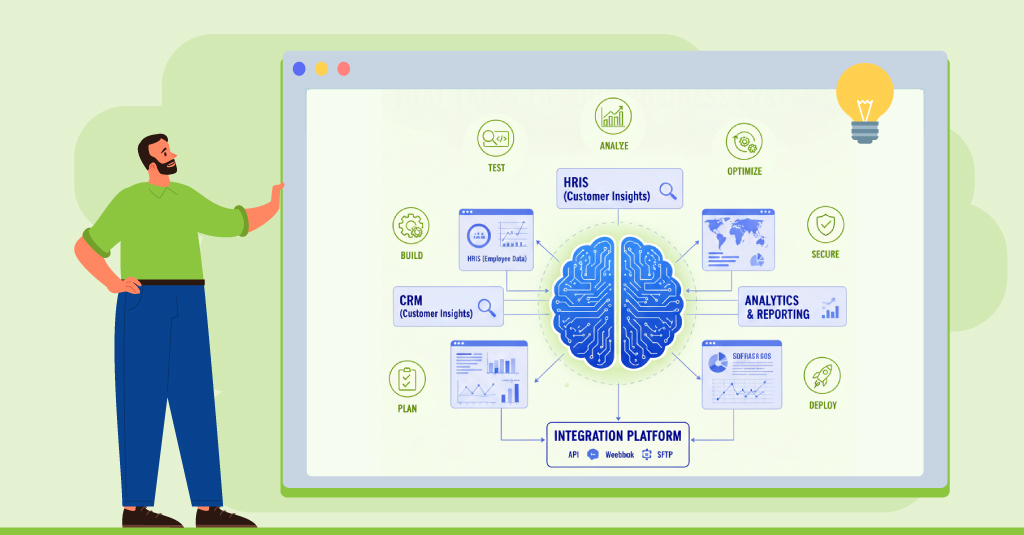There’s more talk about Digital natives going around; Jeremiah Owyang blogged from the Corporate Social Networking Conference in Amsterdam. Time and again, this talk about Digital natives and the millenials comes up, and there still isn’t much agreement about the key issues at hand.
There seems to have been a fair bit of Interesting talk at the conference:
“By age 20, kids will have spent 20,000 hours online –the same amount of time a professional piano player would have spent practicing” – Dr. Urs Gasser
Jeremiah writes “Learning through browsing: Yes wrestles with amount & quality of information, generational ‘multitaskers’. They may not be able to identify qualified and expert sources. “If it’s online, it must be true!””
On the other hand Janet Clarey takes on the idea of digital natives and millenials but in a rather different way and in reference to another article in ASTDs T+D magazine. I do agree with her that several generations of students have been present in the classroom at the same time; and learning has gotten along perfectly well without taking those differences into account.
Another point she makes is that as instructional designers, it’s our job to make learning engaging. Spot On! It IS our job to make learning engaging, addictive even. That means building learning that appeals to the multi-generational learner audience in the corporate world; and to do so successfully one needs to consider this aspect in design.
The comments on either post are as interesting as the post itself. It shows some polarization along either side. Why do I bring these up? Simply because it has become the focus of some intense discussion in the learning community. As an instructional designer, I’m still sitting on the fence regarding the digital native, millennial and so on.
It’s apparent to me that there will be some differences in the kind of learning over time because of the extensive use of technology in the social sphere. The digital natives’ sphere of influence is larger than what was a generation ago because of the use of such technology. One big difference is that from being passive consumers of media they have become active media creators. Another aspect that strikes me is the culture of sharing – one’s opinion, information and media.
It’d be strange if we were to design learning that didn’t account for these facts. However, how far one must go to accommodate those needs is debatable. It only points strongly to how important a careful study of the learner demographic is before any sort of design.


















